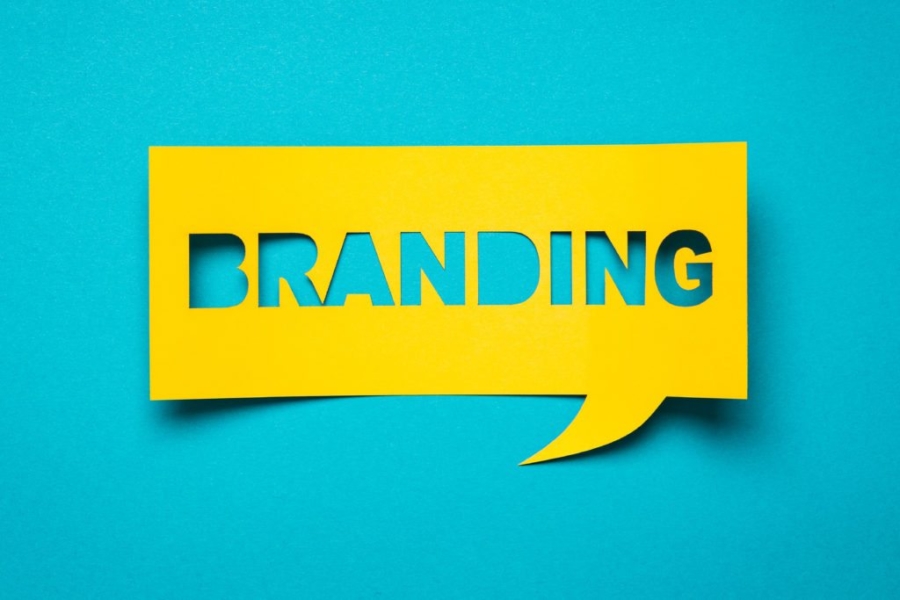Marc Pritchard, chief brand officer of Procter & Gamble, had many things to share with the attendants of the most recent ANA’s Masters of Marketing Conference. Kristina Monllos of Adweek reported on the event, and gave keen
- Home
- Tag: brand advertising






